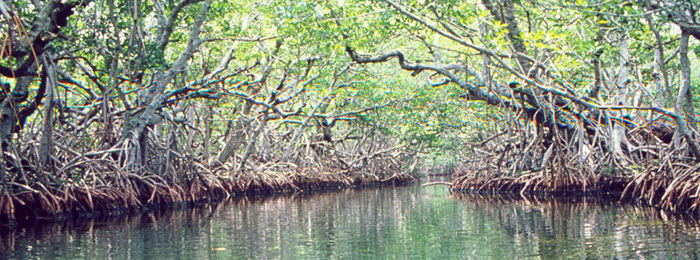Our tropical marine biology course
is just getting started, and between buying supplies and worrying about getting
stung by jellyfish, the hardest part of this class is learning to identify
animals along the coral reef. We’ve had these daily quizzes to test our knowledge
for our big trip, but it’s hard deciding the most efficient way to prepare for
them. So to avoid getting a frowny face written on your quizzes, here’s my
guide to identifying coral reef organisms!
Step one, figure out which ones you
might know already. If you already know what a nurse shark looks like, don’t
bother to study it! Might seem like intuitive information, but knowing which
organisms to look at is really integral to being efficient while studying. Also set aside enough time to study, 30 or minutes or so at a time should be enough.
(You likely know who this is already)
Step two, learn the “groups” that
organisms fall into. No, I’m not talking about those fancy taxonomy terms, I’m referring
to common name categories. Whoever was kind enough to name all these organisms
often gave them similar names to other organisms based on their body shape. For example, if you see a fish that’s roundish
and spikey, it’s likely some kind of pufferfish.
Step
three, try to understand distinguishing features. Often times, there will be a
fish or coral that looks almost exactly like another species, but with a couple
slightly different features. Compare pictures of the two species side by side,
and look for what’s different. Even try drawing the animals that give you the
most trouble. By spending time creating a detailed drawing, you reinforce what
that creature is in your brain. Or even good ol’ fashion flash cards will do if you
prefer those.
And
lastly step four, learn how to make a good guess. Now that you’ve spent all
this time studying, you’re likely to forget something (or everything) on a
quiz. But instead of panicking, you can try to break down what the name might
be. Say you see a fish pop up on the screen, it has the shape of a blenny, and
some sort of zebra pattern going on. But in the world of fish, vertical stripes
are not stripes, they are called bars. So you can attempt to put “barred blenny”
on your test and hope for the best. While this method won’t work too often, it
might give you a chance to score a point that you’d otherwise miss.
Want to test your skills? Visit www.reef.org for quizzes or webinars on fish
identification. Or maybe you’re having trouble with corals? Visit http://www.snorkelstj.com/coral_gallery.html
for tons of coral species and photos.
What
do you guys think? Have any better tips for marine identification you wanna share?




































